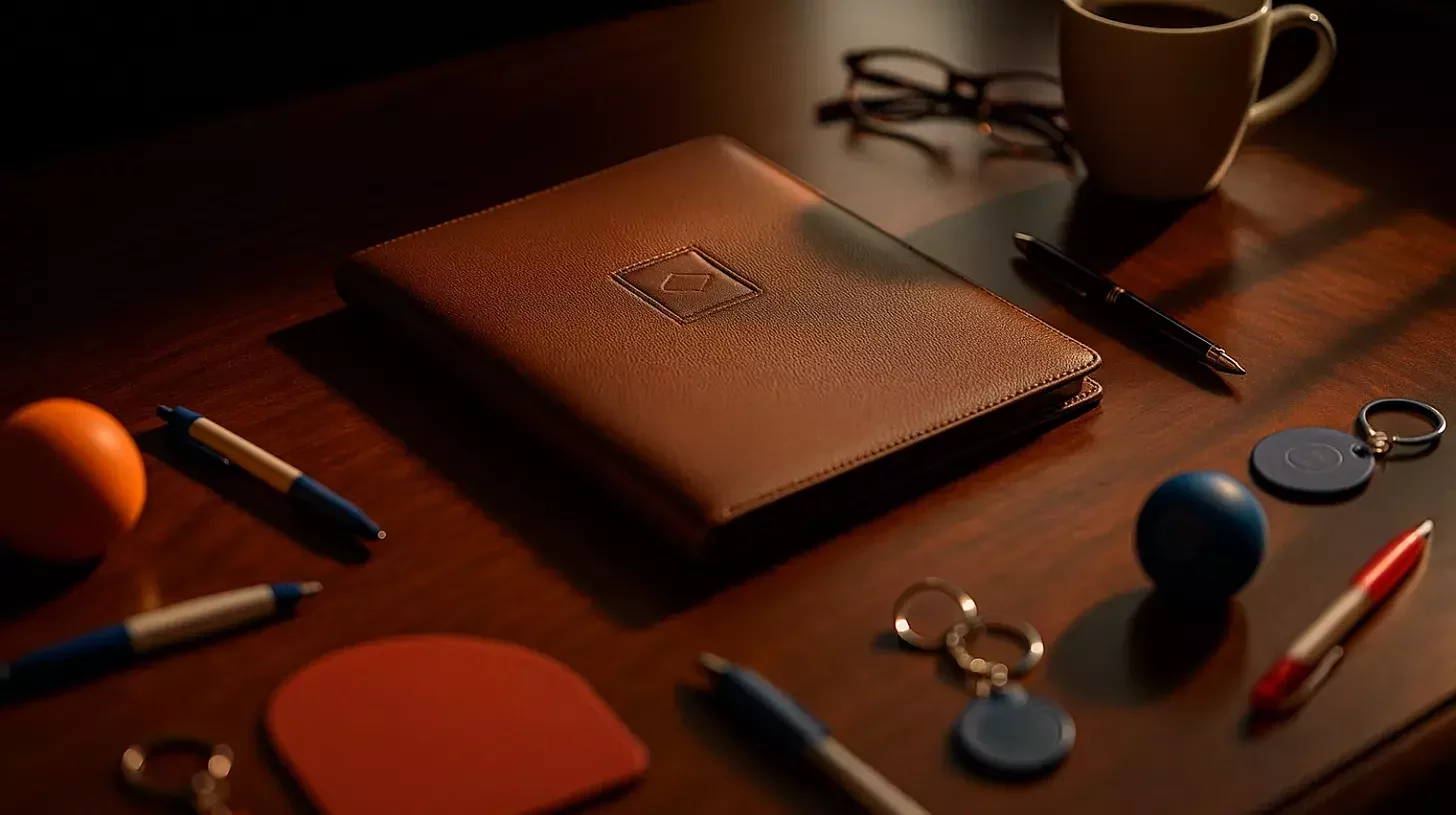
Most branded merch is garbage.
You: What did Brett just say? Doesn’t he provide branded merch?
Me: Yup!
Before I continue, ask yourself: when's the last time you kept a branded stress ball for more than a day?
The problem isn't quality. It's quantity. We've convinced ourselves that more touchpoints equal more impact. That 12 items in a gift box is better than one. That matching every competitor's merch offering shows we're "comprehensive."
This thinking is killing your brand.
The Participation Trophy Mentality
Walk any trade show floor and you'll see the same pathetic scene: brands desperately shoving stuff into tote bags, hoping something…anything…will stick.
Branded mints. Logo socks. Stress balls shaped like your product.
It's merch by committee. Merch by panic. Merch that screams "Please remember us!"
But here's what really drives me nuts: we've normalized this spray-and-pray approach. Marketing teams high-five each other for "comprehensive coverage" while their audience rolls their eyes at yet another branded USB drive.
The participation trophy mentality has infected B2B marketing. Everyone gets something, so nothing means anything.
The Committee Curse
You want to know how most merch decisions get made? Picture this:
Marketing manager suggests branded notebooks. Sales wants pens too. The CEO's wife loves those little phone stands. HR thinks stress balls would be "fun." Finance argues for the cheapest option of everything.
Result: A Frankenstein's monster of random branded junk that pleases the committee and disappoints the recipient.
When everyone has input, no one takes responsibility for impact.
The best merch decisions come from one person with clear vision, not a democracy of opinions.
The Abundance Trap
We live in an era of infinite options, so we think we need to offer infinite options too.
Wrong.
When you give people 12 branded items, you give them 12 chances to forget you. When you give them one perfect item, you give them one reason to remember you forever.
The math is backwards, but the psychology is bulletproof.
This is choice overload applied to branding. Psychologist Barry Schwartz proved that too many options paralyze decision-making and reduce satisfaction. The same thing happens with merch.
Your elaborate gift box forces recipients to process, evaluate, and decide what to do with each item. That's cognitive work. Most people default to the path of least resistance: straight to the trash.
The ROI Reality Check
Let's do some uncomfortable math.
Company A spends $50 per client on a gift box with 8 branded items. Average retention time: 12 days. Cost per memorable impression: Incalculable (because there aren't any).
Company B spends $50 per client on one custom power bank. Average retention time: 2+ years. Cost per memorable impression: $0.07 per day.
Which strategy would you fund?
Yet most marketing budgets are allocated like Company A because it feels like you're getting more. You're not. You're getting less impact for more effort.
What Strategic Restraint Actually Looks Like
Last year, a law firm sent new clients exactly one thing: a custom leather legal pad with their founding principles embossed on the back cover.
Cost: $45. Items in package: 1. Client retention rate: Up 23%.
Compare that to their competitor's "comprehensive" welcome kit with 8 branded items totaling $120. Client retention: flat.
The firm that gave less got more.
That leather legal pad sits on every client's desk. When other lawyers visit, they ask about it. When clients take notes in meetings, they're reminded of the firm's values. When they recommend the firm to colleagues, they often mention "that beautiful notepad they gave me."
One item. Endless touchpoints.
The Signature Piece Strategy
The most successful merch strategies I've seen center on one signature piece that becomes synonymous with the brand.
A consulting firm I know gives every new client a custom-engraved brass compass with the inscription "True North." That's it. No pen, no mug, no stress ball. Just the compass.
Three years later, clients still talk about it. They display it on their desks. They reference it in conversations about staying focused on goals. Some have even bought additional compasses to give their own teams.
That compass has become part of their brand legend.
The firm could have spent the same budget on a gift box with 6 items. Instead, they created one iconic piece that people remember, display, and talk about.
Stop Playing Defense
"What if they forget us?" "What if competitors give more?" "What if we don't cover every use case?"
This is fear-based thinking that produces forgettable results.
Premium brands play offensse. They create something that becomes part of their legend. One item so perfectly aligned with their story that recipients would feel weird throwing it away.
Defensive merch tries to be everything to everyone. Offensive merch tries to be perfect for someone specific.
Which approach do you think creates loyalty?
The Competitor Trap
"But our competitors give out 15 different items at trade shows. We'll look small if we only have one."
This is exactly backwards thinking.
When everyone else is handing out the same promotional junk, your restraint makes you stand out. When everyone else has tables covered in random branded stuff, your single, perfect item draws attention.
Different beats better. Better beats more.
I've seen companies dominate trade shows with one beautifully designed item while their competitors struggled to give away full tote bags of "comprehensive" merch.
The Courage to Cut
Get uncomfortable: look at your current merch lineup and cut 70% of it.
Keep only items that pass this test: "If this was the only branded thing our company ever made, would we be proud?"
Most of your catalog will fail. Good. That's the point.
Your willingness to eliminate the mediocre creates space for the memorable.
This is about being focused not being cheap. Take the budget you would have spent on 10 forgettable items and invest it in one unforgettable piece.
The math works. The psychology works. The results speak for themselves.
The Restraint Advantage
When you practice strategic restraint, three things happen:
Your remaining items get better - All your creative energy goes to fewer pieces
Your story gets clearer - Less noise means more signal
Your brand gets stronger - Discipline signals confidence
Your competitors can copy your products. They can't copy your discipline.
But there's a fourth advantage most people miss: restraint forces creativity. When you can only make one thing, it better be brilliant. When you have unlimited options, brilliance becomes optional.
Constraints breed innovation. Abundance breeds mediocrity.
The Legacy Test
Five years from now, what do you want people to remember about your brand's merch?
"They gave us so much stuff" or "They gave us that one perfect thing"?
The first response sounds like a discount store. The second sounds like a luxury brand.
Choose accordingly.

